Kalguksu is a warming, soothing noodle soup that’s made with knife-cut noodles. Made with chicken broth and shredded chicken meat, it’s delicious and comforting!
It’s been extremely hot and humid here! I previously mentioned the Korean idea of cooling off and boosting energy with boiling hot chicken soups, such as samgyetang (ginseng chicken soup) and dak gomtang (chicken soup). Add this dak kalguksu (닭칼국수) to the list!
What is kalguksu
Kalguksu (칼국수) means “knife noodles,” but it actually refers to a steaming hot noodle soup that’s traditionally made with handmade, knife-cut noodles. There are many variations using different ingredients for the soup base or for the dough. Dak (chicken) kalguksu is made with a rich chicken broth, and shredded chicken meat.
Typically, kalguksu also includes julienned or sliced vegetables such as onion, zucchini, carrot, and/or potato.
Kalguksu is delicious with baechu geotjeori (fresh kimchi)!
The broth
Dak kalguksu is typically made with a whole chicken. It’s a cheap way to feed more people, not to mention the stock will be more flavorful. You can cut up a whole chicken before boiling if you want it to cook a little faster.
If you want to use cut chicken pieces, leg quarters and chicken wings will be good for a flavorful stock. The soup is made similar to dak gomtang. Boil the chicken, with some aromatic vegetables, to make a flavorful broth, and shred the meat to use as a topping.
The noodles
You can certainly use commercially packaged fresh kalguksu noodles available in the refrigerated section of Korean markets. There are also dried kalgusu noodles in the dried noodle section.
Homemade noodles
However, making noodles at home without a machine is not that difficult! You can make them at a moment’s notice as long as you have flour and salt! Homemade noodles taste so much better, and obviously they are much cheaper.
A bit of oil makes the dough silkier and a little easier to work with, but it’s not absolutely necessary.
I usually parboil the noodles in a separate pot before adding to the chicken broth. Otherwise, the soup can get very thick from all the starch the noodles release while cooking. However, it’s a matter of preference.
For more Korean cooking inspirations, follow along on YouTube, Pinterest, Twitter, Facebook, and Instagram.
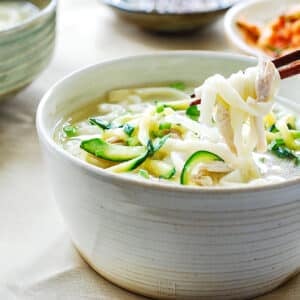
Ingredients
For the soup
- 1 small whole chicken 2.5 to 3 pounds, or bone-in pieces
- ½ medium onion
- 8 plump garlic cloves
- 3 to 4 thinly sliced ginger pieces
- 2 white parts of scallions
- 1 3- inch square dried kelp - optional
- 1 tablespoon soup soy sauce
For the chicken meat
- 1 teaspoon minced garlic
- 1 teaspoon sesame oil
- salt about 1/2 teaspoon and pepper to taste
For the vegetables
- 1/4 medium onion thinly sliced
- 1 medium zucchini, julienned julienned carrot or sliced potato is also great.
- 2 scallions finely chopped
For the noodles
- 1 package (4 servings) fresh or dried kalguksu noodles or see below for homemade noodles
For the sauce (Yangnyumjang) - Optional
- 3 tablespoons soy sauce
- 1 teaspoon sesame oil
- 1 teaspoon Korean red pepper flakes gochugaru
- 1 teaspoon sesame seeds
- 1 teaspoon minced garlic
- 2 – 3 scallions finely chopped
For the homemade noodles - Optional
- 3 cups all-purpose flour
- 3/4 teaspoon salt
- 1 tablespoon cooking oil - optional
- 1 cup water (start with 3/4 and gradually more, a tablespoon at a time until needed)
Instructions
- If making homemade noodles, see the instructions below and make the dough ahead of time. You can roll it out and cut while boiling the chicken.
- Place the cleaned chicken in a stockpot large enough to hold the chicken and 12 cups of water. Add the onion, garlic, ginger, scallions, and 12 cups water. Bring it to a boil over medium high heat. Skim off any foam on top. Reduce the heat to medium low and simmer, covered, for about 40 minutes. Adjust cooking time for cut pieces of chicken.
- Sprinkle the julienned zucchini with salt for about 15 minutes and then squeeze out the water.
- Cut through the thickest part of the breast, with a knife, to see if the chicken is cooked and tender. Turn the heat off and carefully remove the chicken.
- Strain the broth and remove the excess fat. You can spoon off or use a fat separator.
- When the chicken is cool enough to handle, remove the meat off the bones. Shred the meat into small bite size pieces. Add the garlic, salt and pepper to the chicken. Combine well.
- Return the broth back to the pot. Add the soup soy sauce, onion slices, and optional dried kelp. Bring it to a boil and boil for a few minutes. Remove the kelp. Add salt and pepper to taste.
- Meanwhile, in another pot, boil water to parboil the noodles. Or the soup will get too thick. Add the noodles, and stir. Cook halfway through.
- Remove the noodles with a strainer and add to the pot with boiling broth. (This is a good time to add potato slices if using.) Continue to boil until the noodles are cooked through. Add the zucchini (and julienned carrot if using) with 2 to 3 minutes remaining.
- To serve, ladle the noodles and soup in a serving bowl, top with the chicken pieces and chopped scallion.
For the homemade noodles - optional
- Mix the flour, salt, optional oil and add 3/4 water by hand until the dough starts to come together. You'll need to add more water, depending on your flour. Add 2 tablespoons water and see how it is. The dough should feel stiff to work with. If still too dry, add a little more.
- Flour the surface to knead. Knead with the heel of your hand until the dough is fairly smooth, about 5 minutes. The dough should feel slightly too stiff to work with at this point. You can adjust the dough by kneading in a little more flour or more water (just enough to wet your hands). Cover with plastic wrap, and let it rest for 30 minutes to an hour. After resting, the dough should feel soft and smooth. You can prepare the dough up to this point a day in advance.
- When ready to use, knead the dough for 2 to 3 minutes. Using a sharp knife, cut the dough into 2 pieces. Dust the work surface generously with flour. Flatten a piece, and roll it out with a rolling pin to make a thin sheet, about 12 x 14-inch.
- From the longer side, fold the dough over 3 to 4 times into layers. Again, generously flour the surface and the dough as you roll it out and fold to keep the dough from sticking.
- Cut the dough with a sharp knife into about 1/4-inch thickness. Unfold the noodles and dust with flour to keep the noodle strands separate.


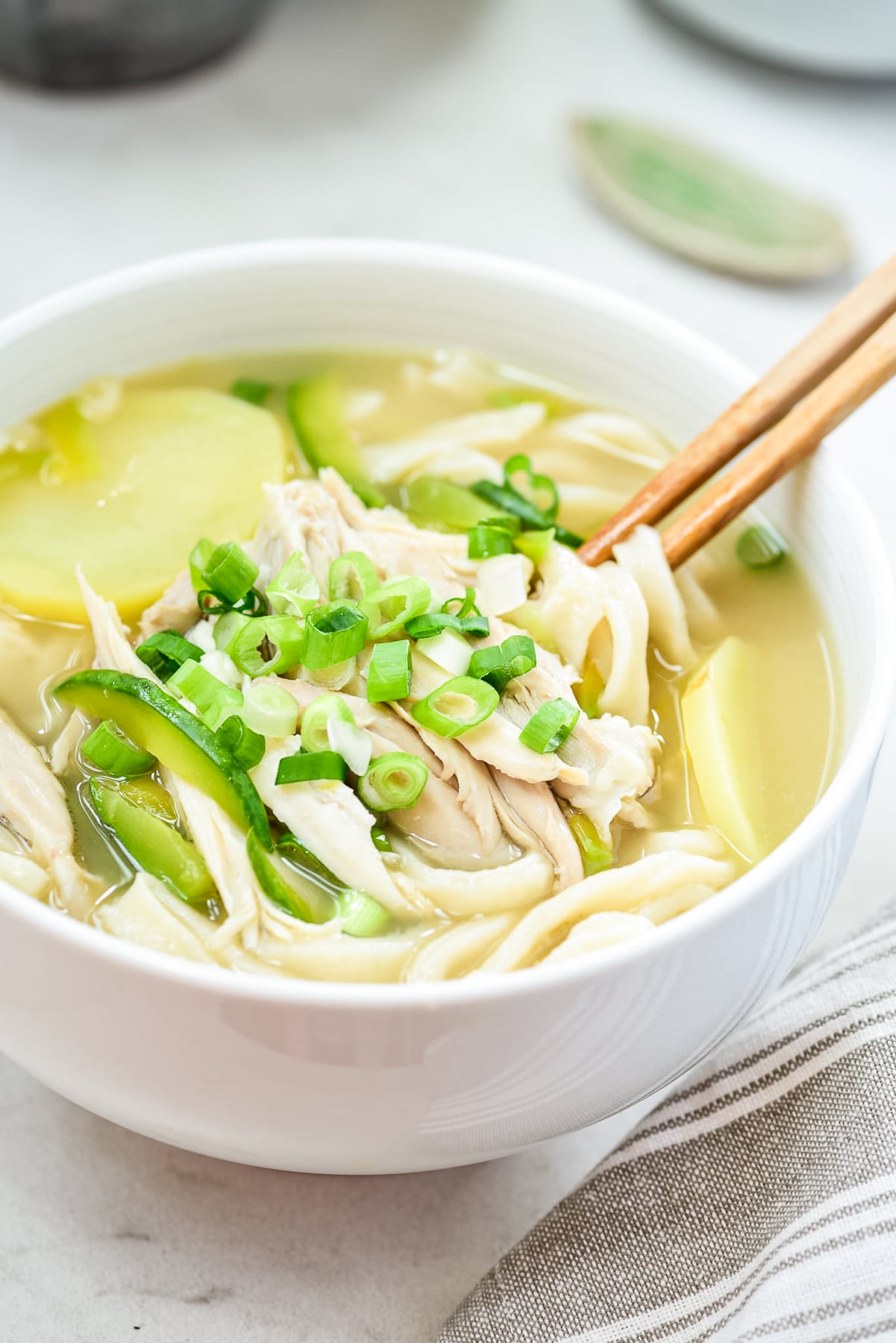
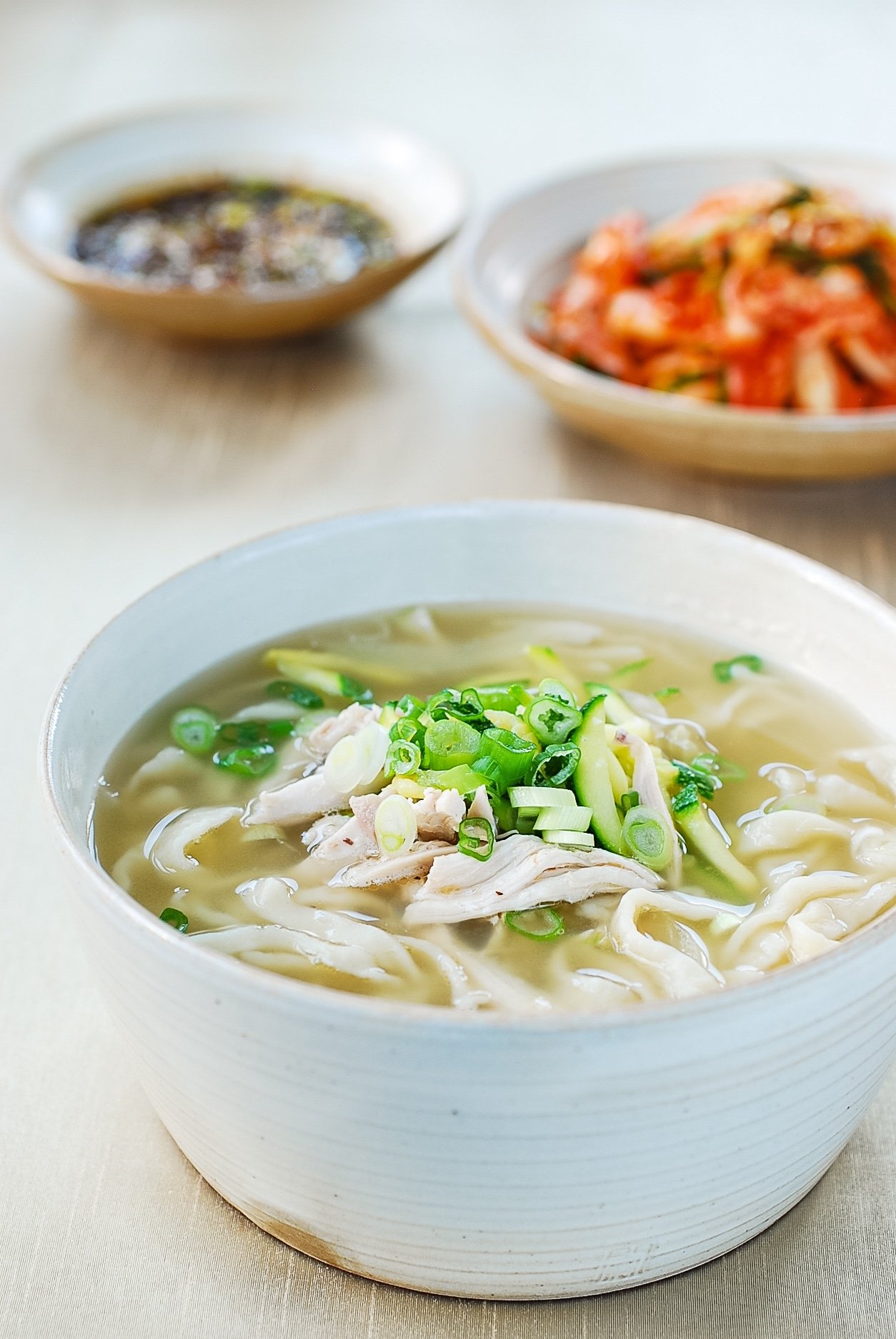
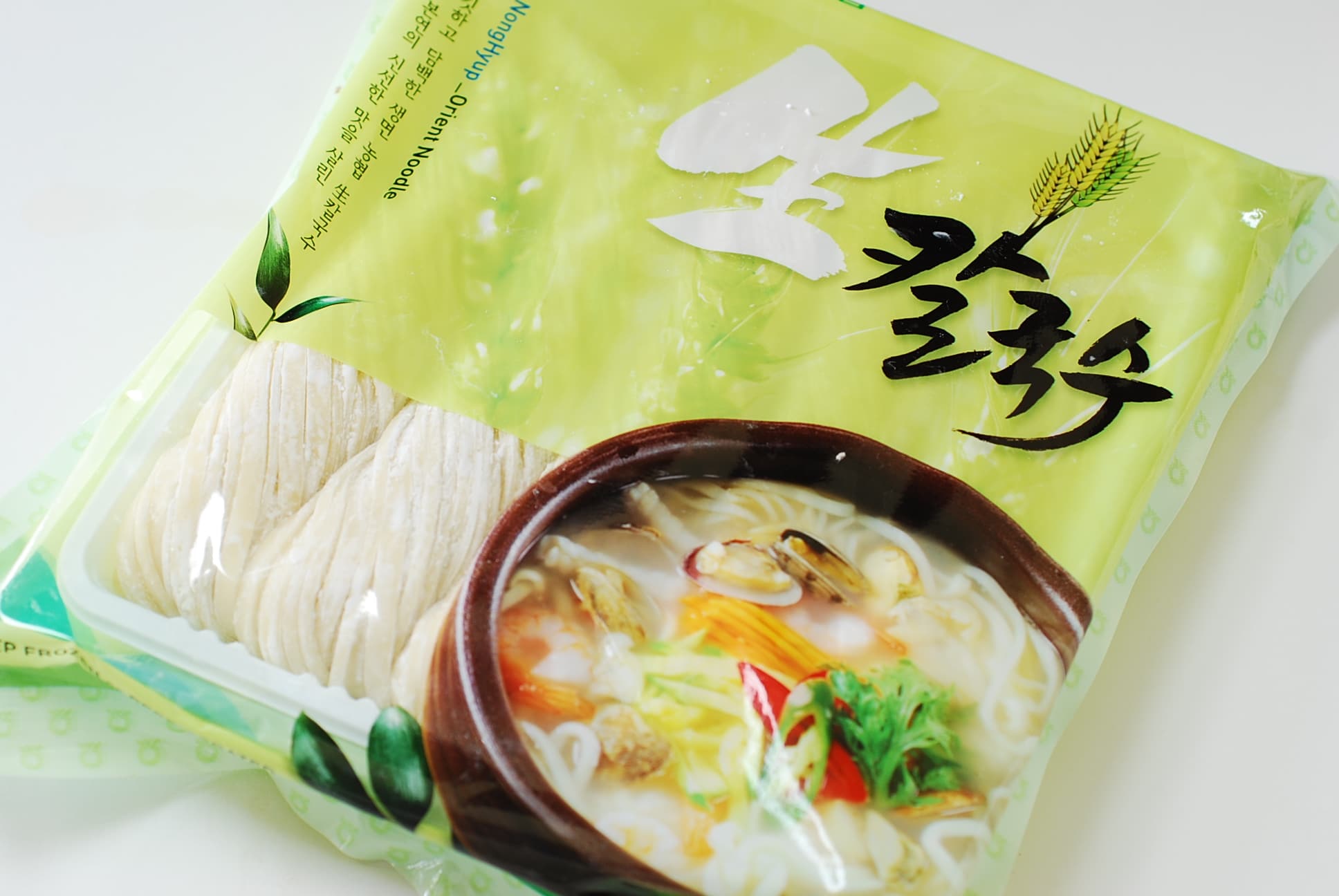
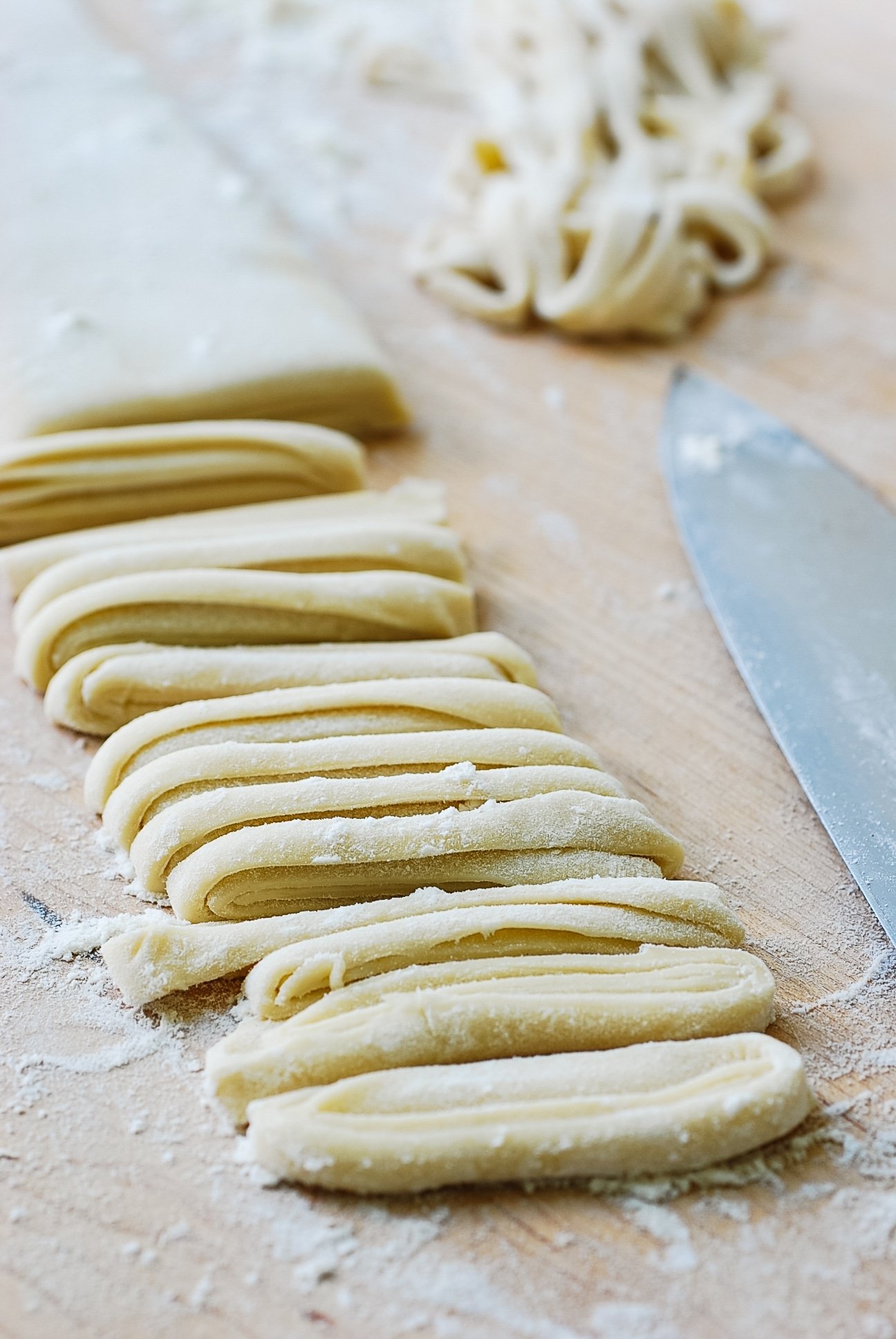
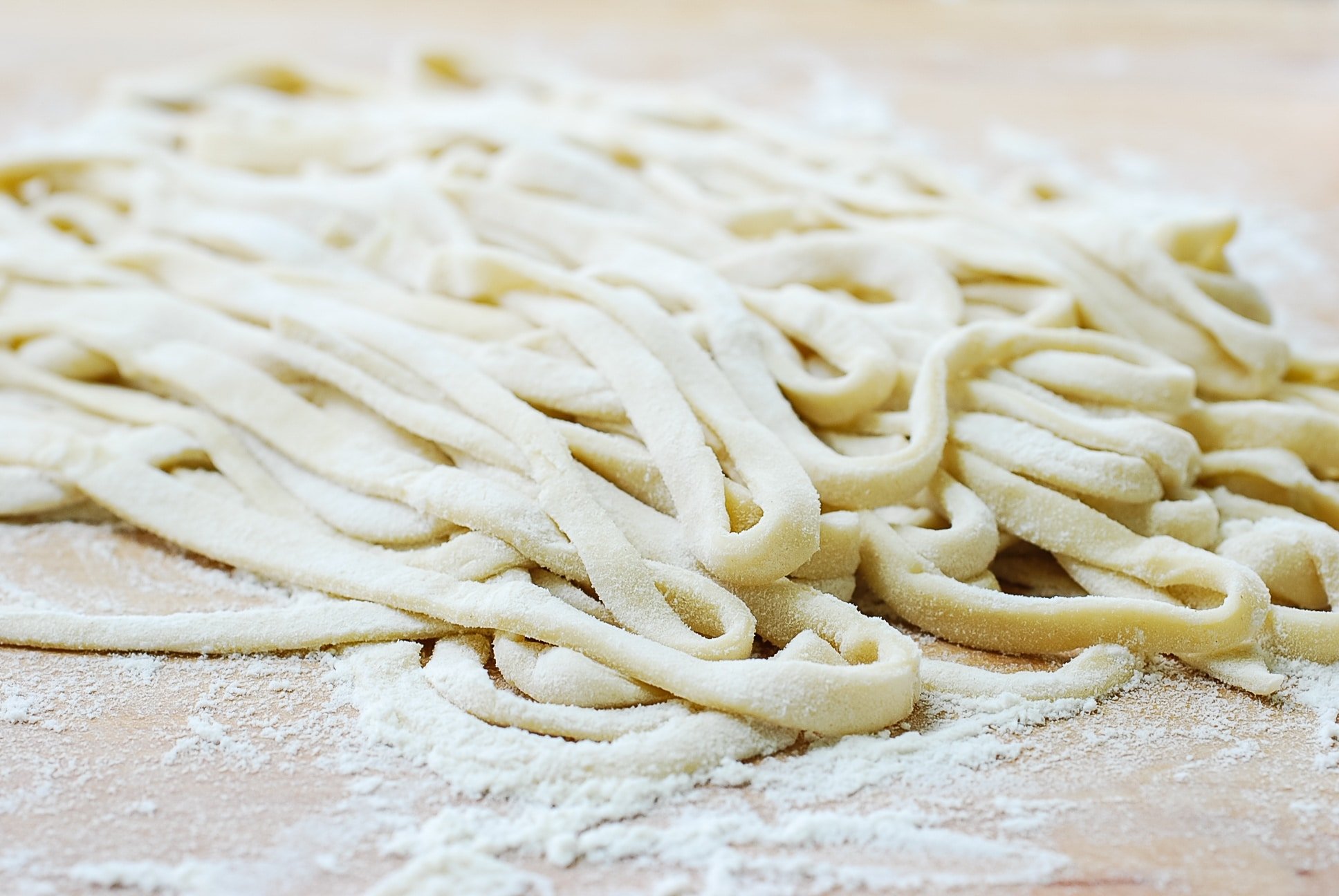
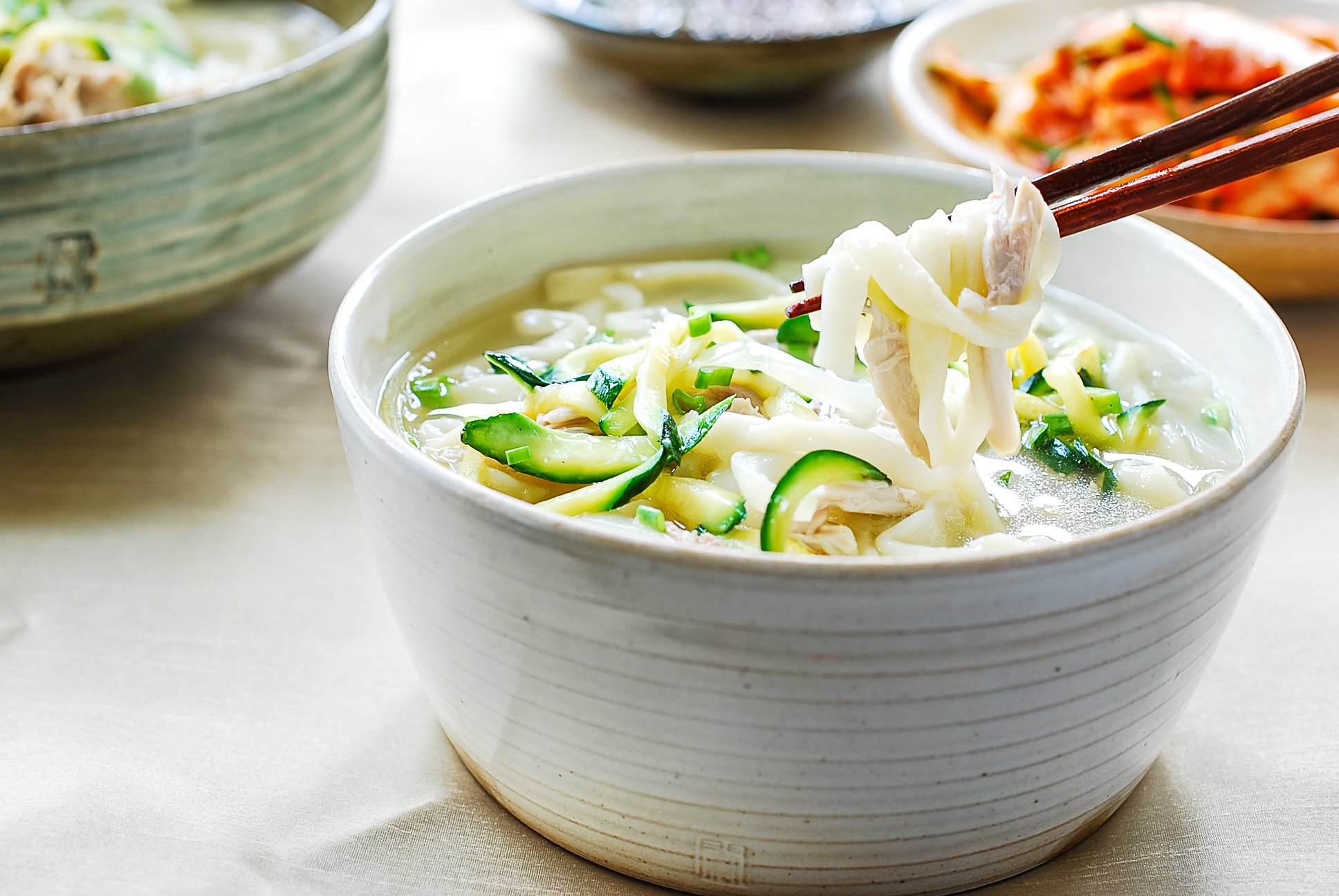
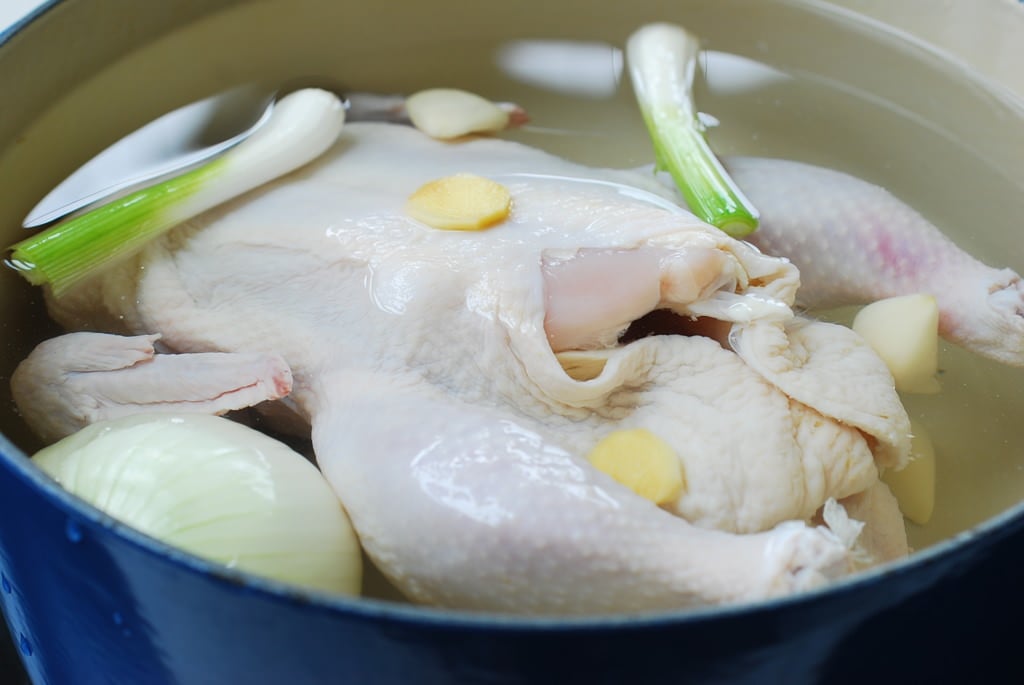
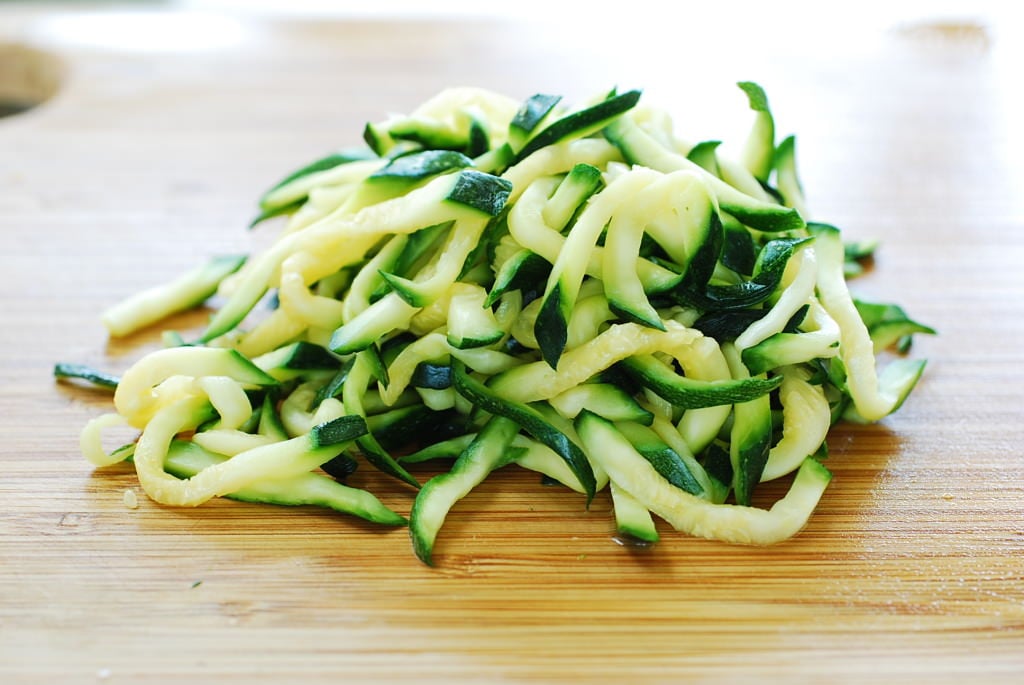
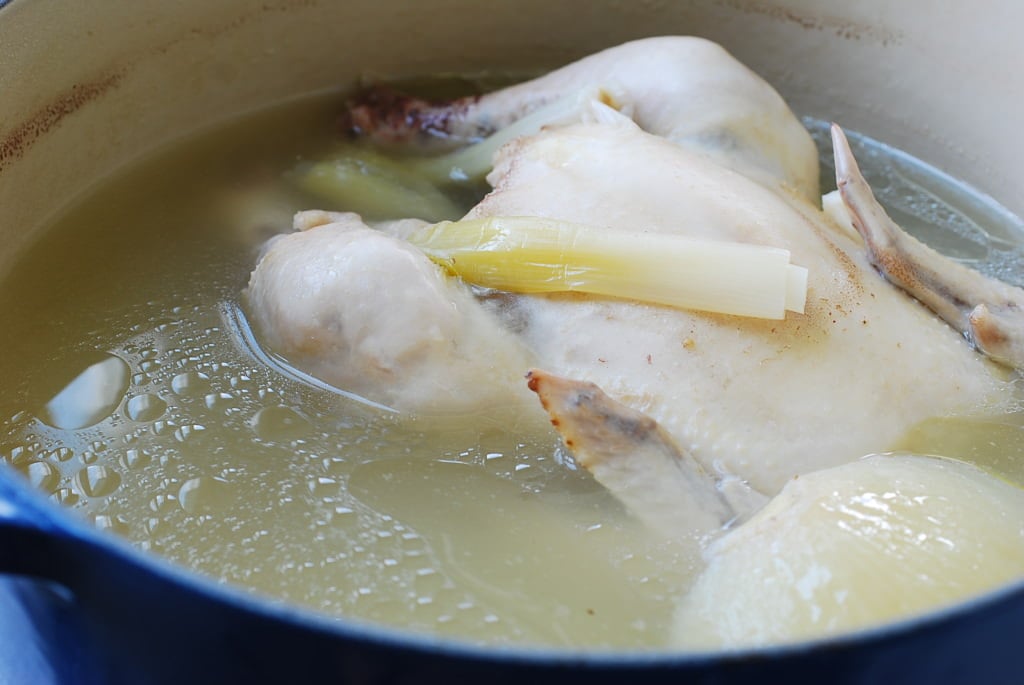
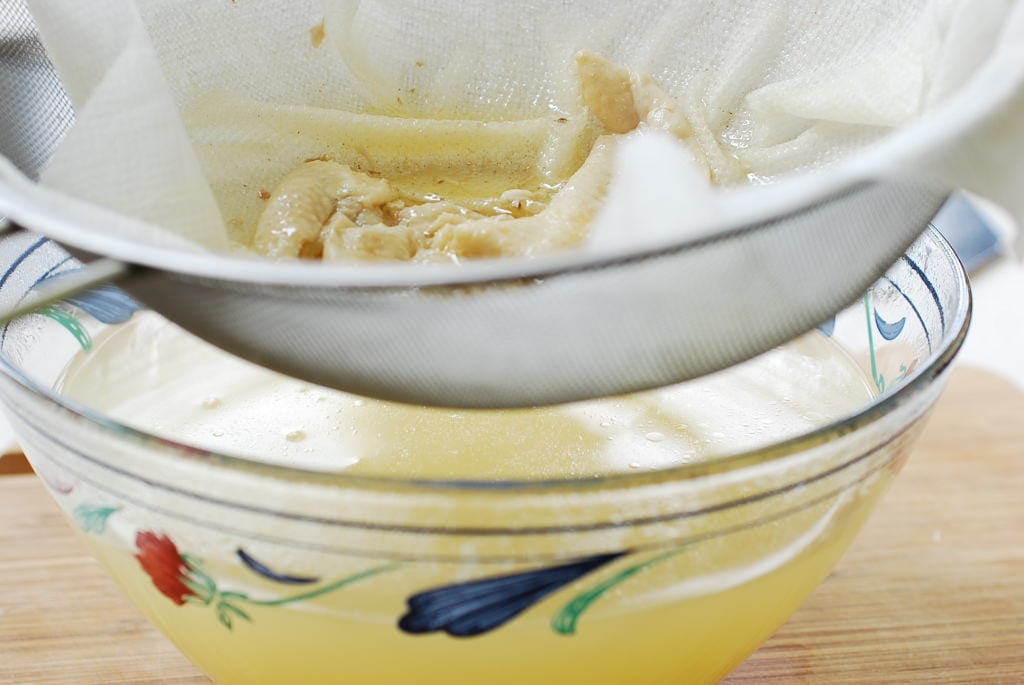
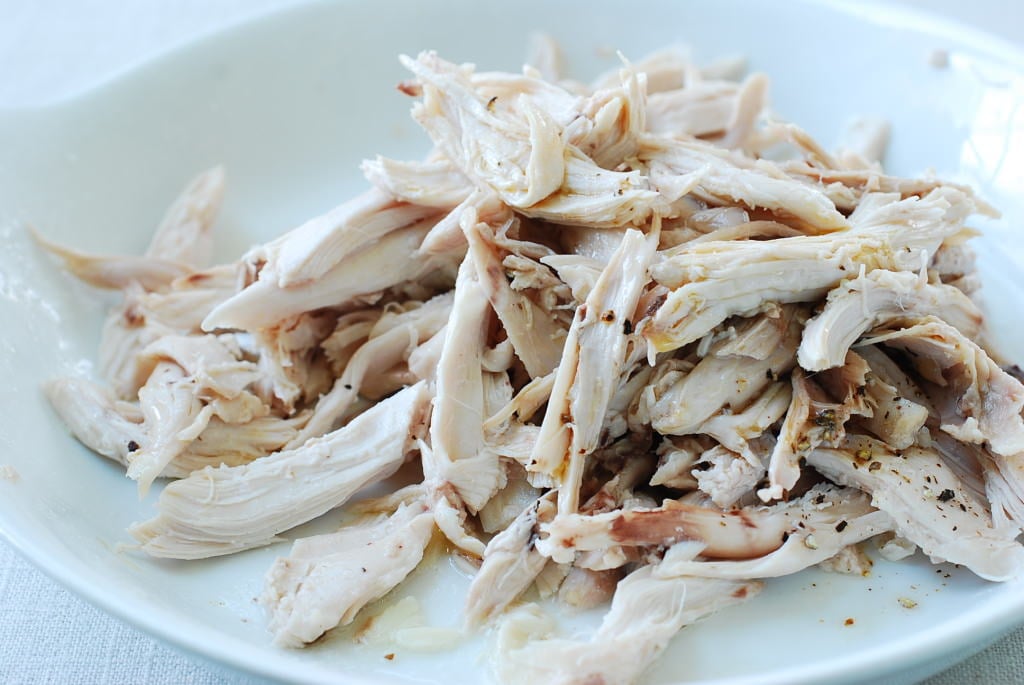
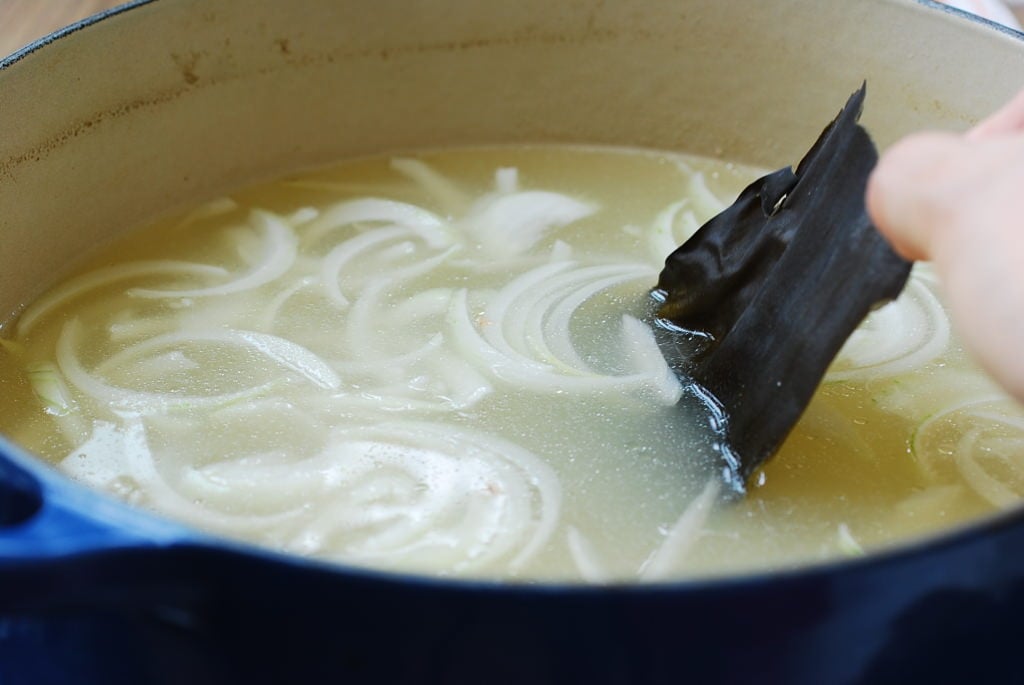
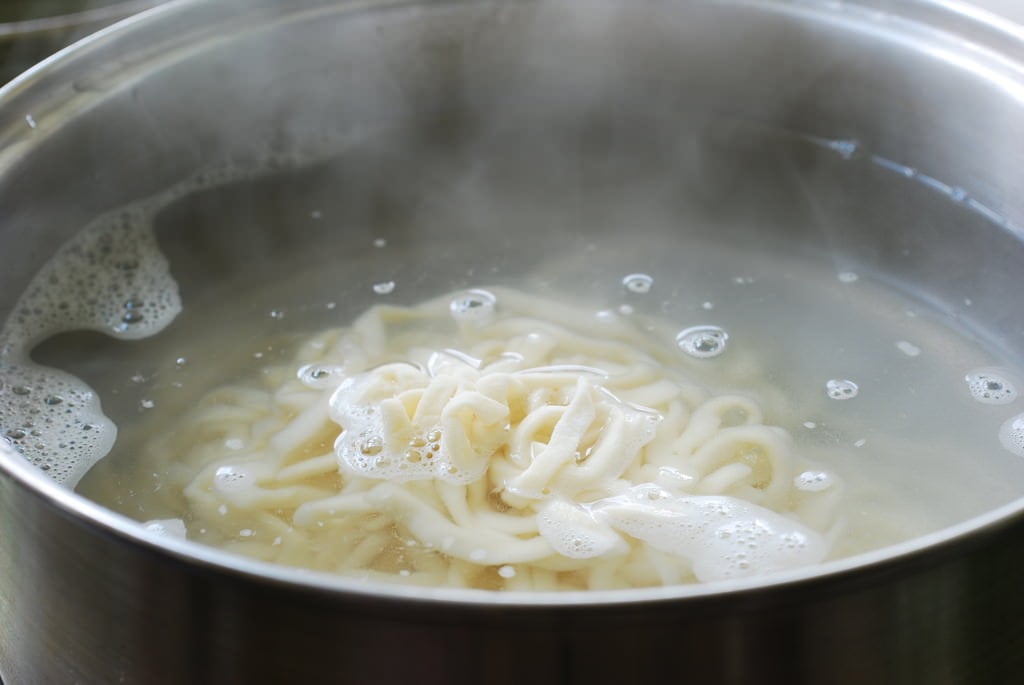
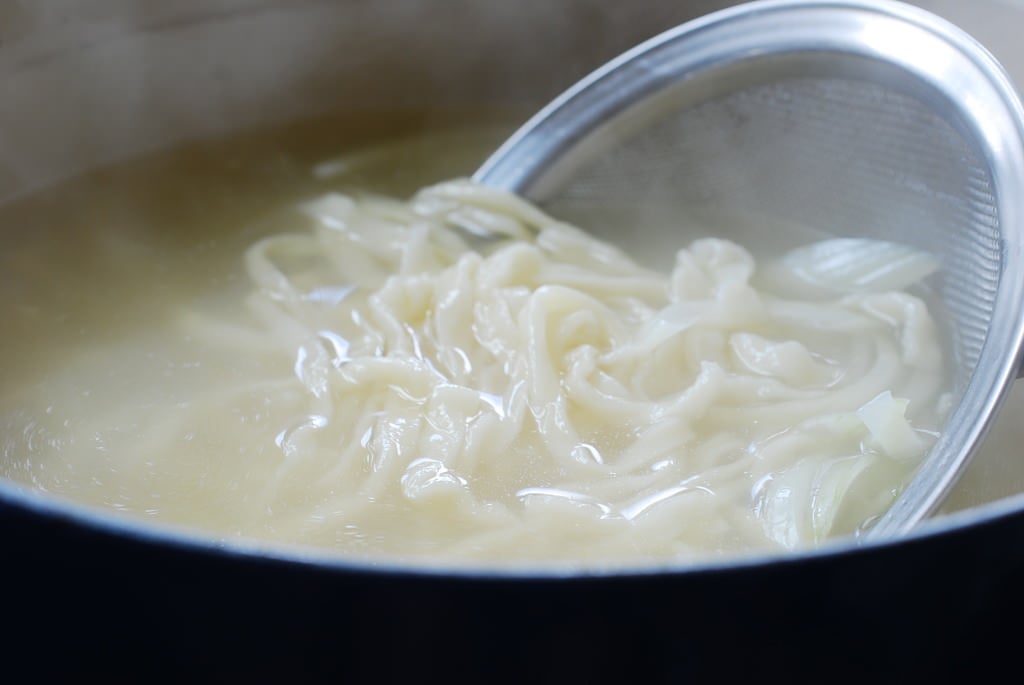
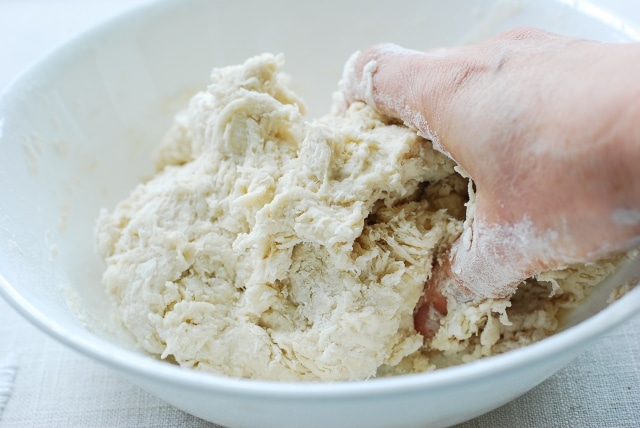
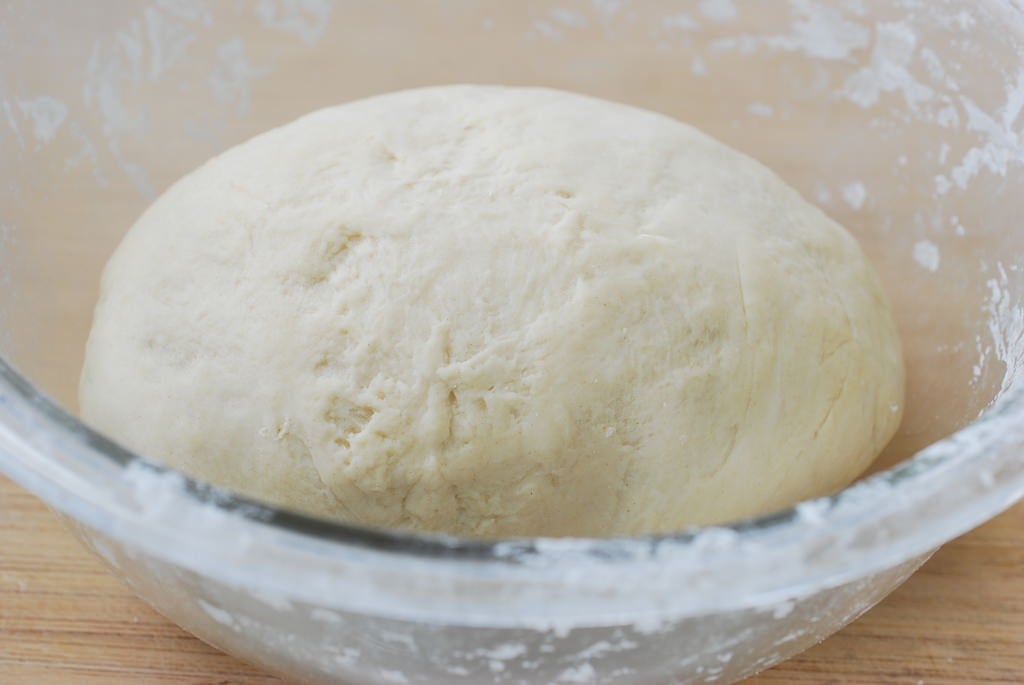
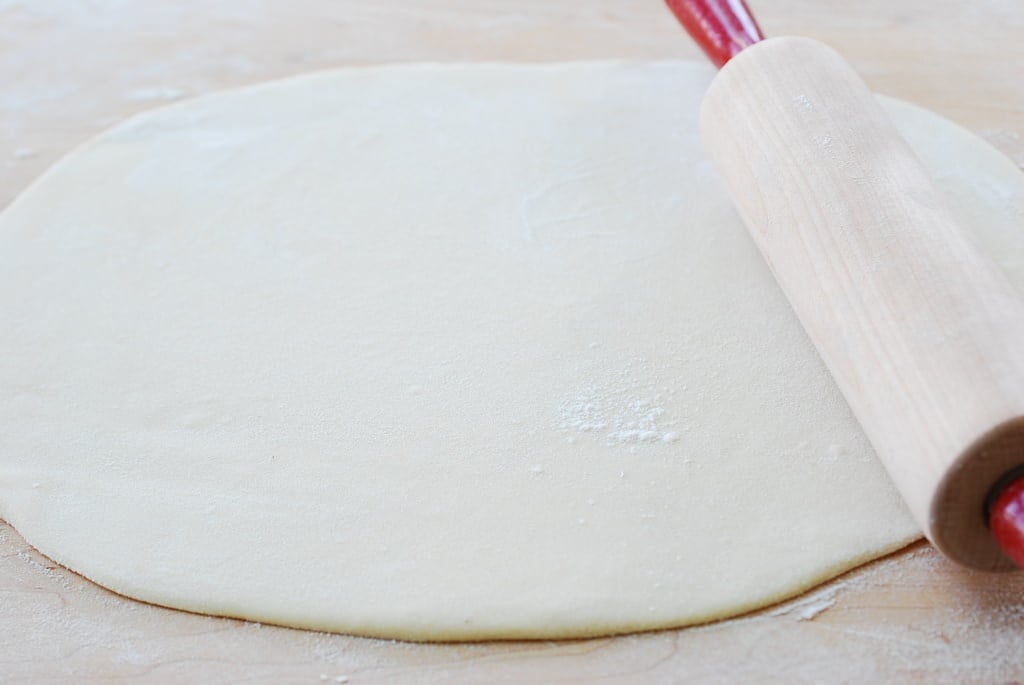
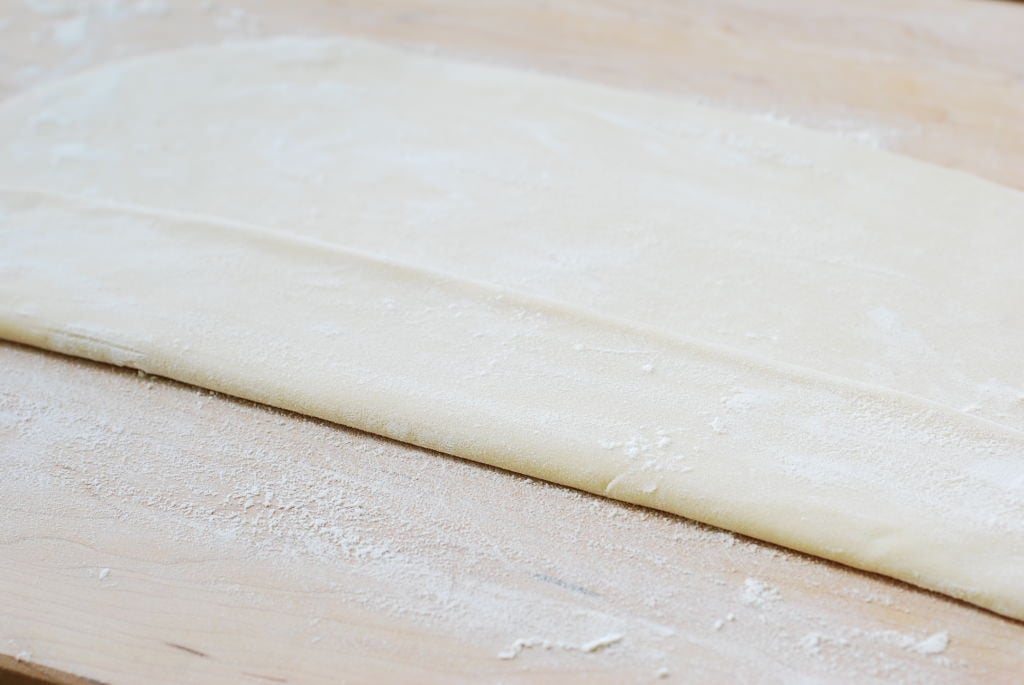
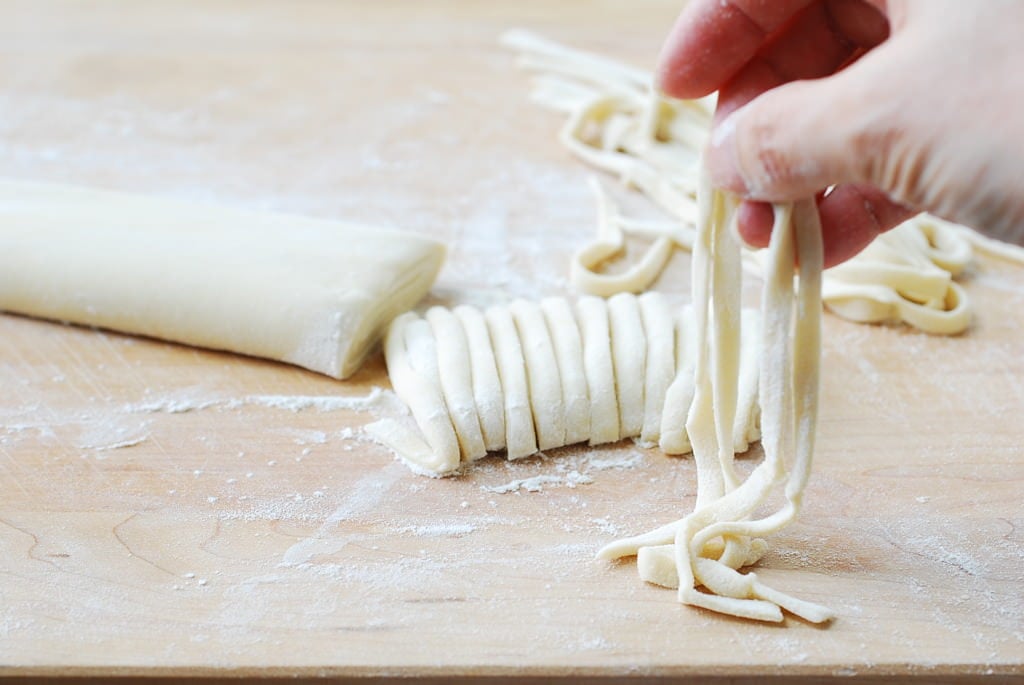
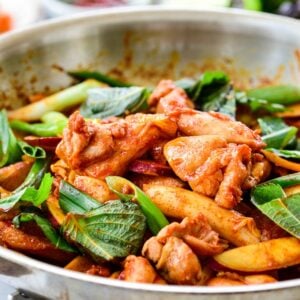
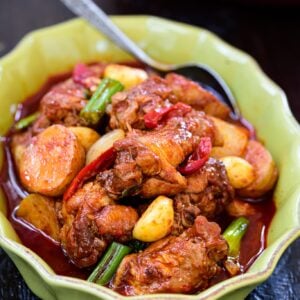

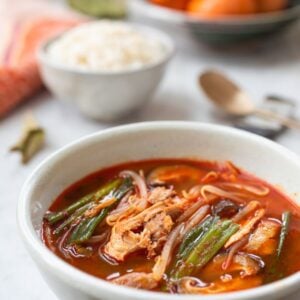










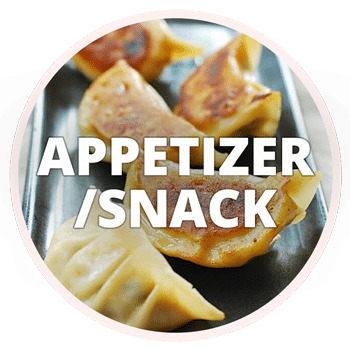

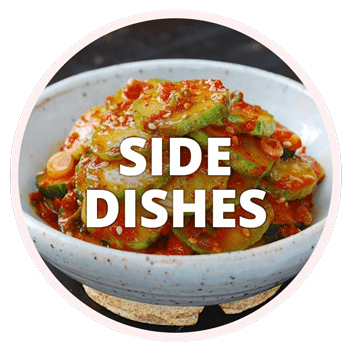
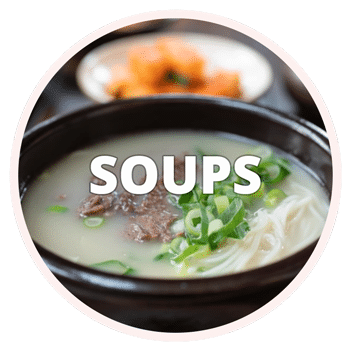
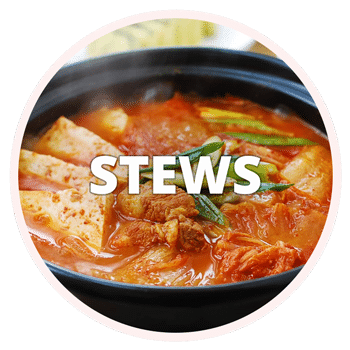


Hannah says
Hello! If we have leftovers/saving for later, is it okay to put all the chicken in the broth and keep it that way? Or should the broth and the chicken be stored separately?
Hyosun says
Yes it’s okay either way.
Shannon says
Thank you for this thorough recipe! My daughter attended university at Yonsei and now that she’s returned home to the US I’m trying to find good recipes to make food she ate regularly in Korea. I will be trying this one next!
Hyosun says
How nice your daughter had that opportunity! Hope you and your daughter enjoy this recipe and many more.
Kim Y says
Hello! Thank you for the recipe. Instead of chicken, how do you make bajirak kalguksu (clam noodle soup)? I assume a lot of the steps are the same, I am not sure how to prepare the clams. We had this soup in a small village when we were visiting my husband’s grandparent’s grave in Korea this past winter and I can’t stop thinking about it! It was so delish with the fresh kimchi. Thank you for your hard work!!
Hyosun says
Oh glad you had a bajirak version in Korea! It’s so good! Yes the steps are pretty similar, but the base for bajirak kalguksu usually is a good flavorful anchovy broth. You can ignore all chicken related steps and make good anchovy broth in step 6. Then add vegetables and clams (use small ones). Depending on the size of clams, it may take about 3 minutes for the clams to open up. I suggest you boil the noodles until they are cooked through in step 7 and add them to the broth at the end for a nice and clean broth bajirak kalguksu is known for. Here’s how to make anchovy broth: https://www.koreanbapsang.com/how-to-make-anchovy-broth-for-korean/
Renee says
It’s absolutely delicious. And easy to do. Thank you for this good recipe
Hyosun says
Happy to hear that! You’re very welcome!
Katie Thoms says
I just made this for dinner tonight and it was perfect. My kitchen smelled amazing. I used just chicken breasts because I am not partial to dark meat and the chicken was so tender. Do you recommend using Guk ganjang or just regular soy sauce? I have both but used the soup soy sauce. Does it make a difference?
Hyosun says
Great to hear that! Thanks! I use guk ganjang as noted in the recipe. Regular soy sauce is different in flavor and a bit too dark for Korean soups.
JinJoo says
I love your recipes! Can this be modified to use the instant pot to cook the chicken?
Hyosun says
Of course! Please see my dak gomtang recipe for cooking the chicken in the instant pot.
https://www.koreanbapsang.com/dak-gomtang-korean-chicken-soup/
Emma says
My boyfriend laid in bed with a cold and I decided to make this soup. After eating it, he started feeling better within two days and was cured after five days. Thanks for the recipe! 🙂
Jordyn says
This was so good! Everyone in the family loved and devoured it. Thank you for the wonderful recipe!
Hyosun says
Happy to hear that! Thank YOU for using my recipe and letting me know!
Melissa says
I made this today, and used turkey parts to make the broth instead of chicken. It turned out fantastic! The broth was so flavorful and appropriate to the season, noodles were perfectly chewy. My kids want me to make it again tomorrow😂 thank you for the wonderful recipe! ❤️
Jia says
Hi, may I know how long I can keep the noodles in the refrigerator if I plan to make a lot in advance?
Hyosun says
I’d say up to 4 days, but dust generously with flour so they don’t stick together.
Maria says
Do you think I could just use chicken broth instead
Hyosun says
Sure!
Dipa says
Hi I have made it several times…and this is so tasty and healthy…my son loves it so much…thank you 🙂
Hyosun says
Great! Happy to hear you son loves it.
dee says
Can you use the banjuk to make sujebi? Or is the recipe for sujebi banjuk different?
Hyosun says
It’s the same. You can make it slightly softer/wetter for easier pulling. Sujebi sounds so good right now. I should make it soon too. Enjoy!
Christine says
Hello, this looks very good! Is the sesame oil in this dish toasted or regular?
Hyosun says
Either one works.
Tiffany says
I found this today looking for something new to do with Thanksgiving leftovers. I can’t wait to try making the noodles.
Linder says
Thank you so much for adding the PDF feature! It makes things a lot easier!
Hyosun says
My pleasure! I love it too. It looks much better. Thank you for leaving me a note about it!
Yucong says
As an international student from China, I really enjoy your recipe! I once tried Dak Kalguksu in a Korean noodle house near Zion market and it was great. Hope I can make it in my apartment 🙂
aspyn says
Hi there (≧∇≦)/ i just wanted to check if the Yangnyumjang is used to dip the noodles in while eating or do you put it directly into the soup? Thanks!
Hyosun says
Usually directly put into the soup.
Dawn says
What sort of flour do you use to make the noodles?
Thanks,
Dawn
Hyosun says
All purpose flour. Hope you try it.